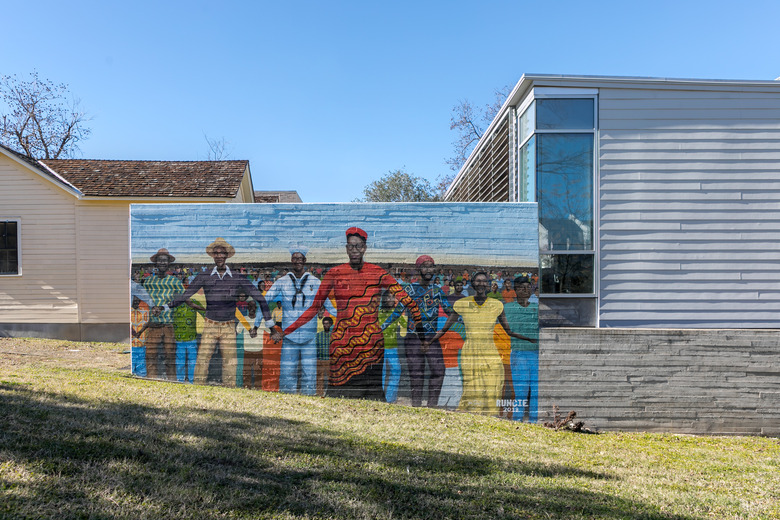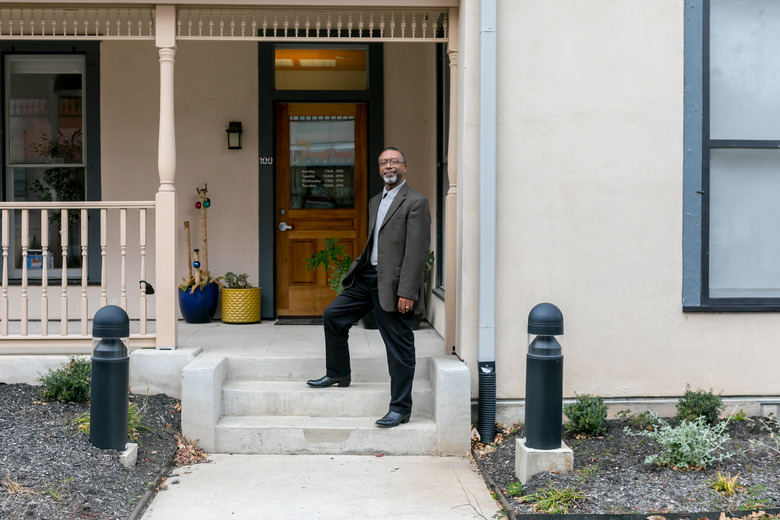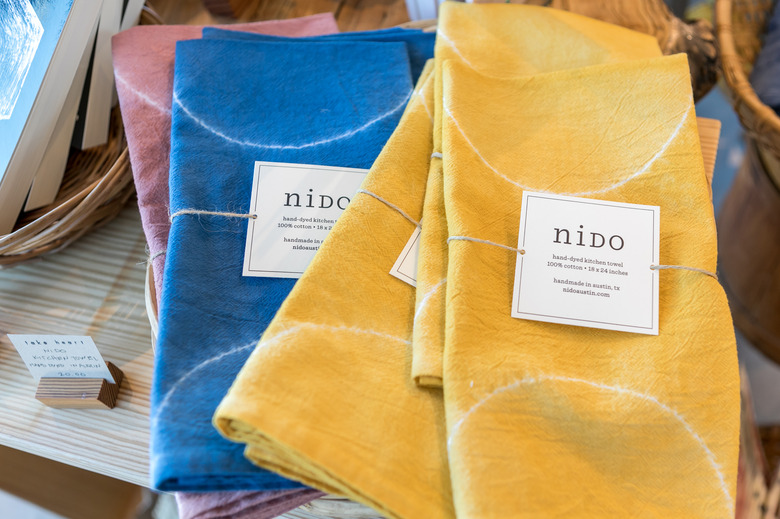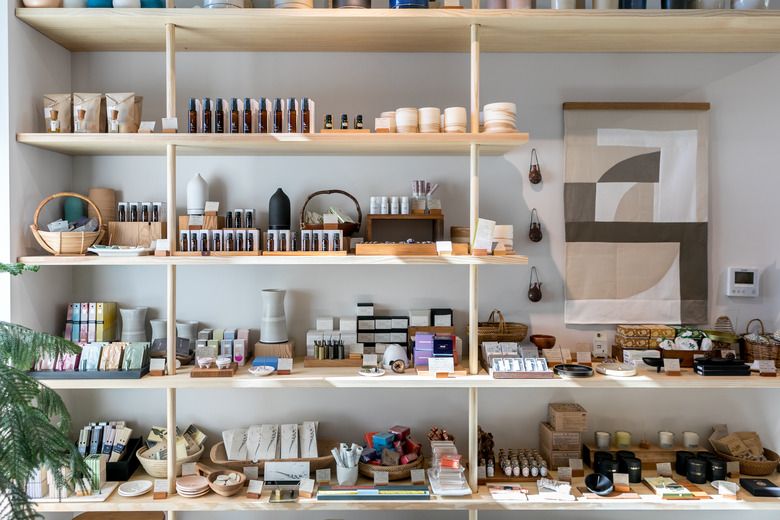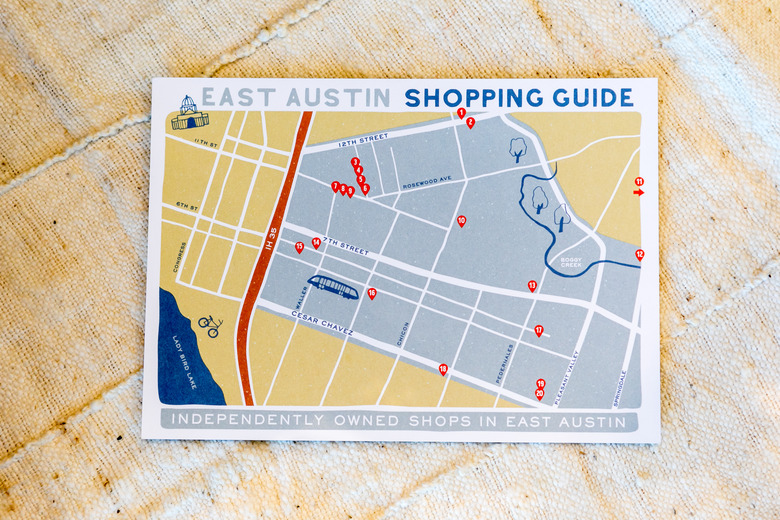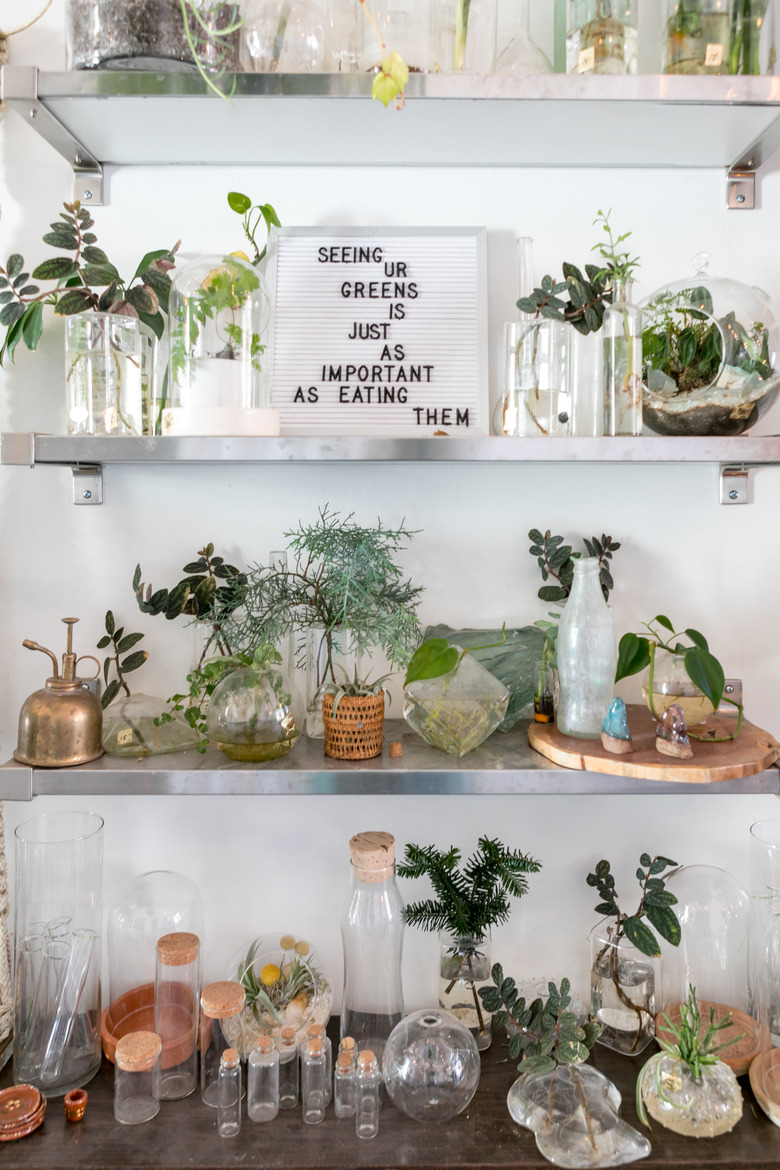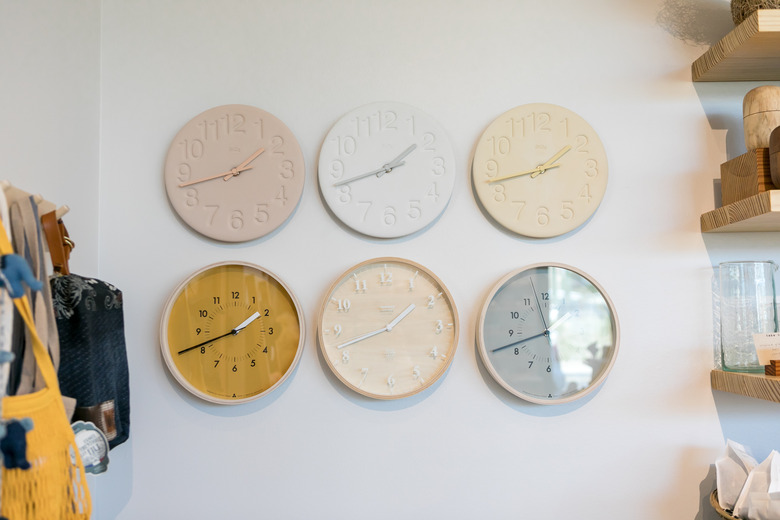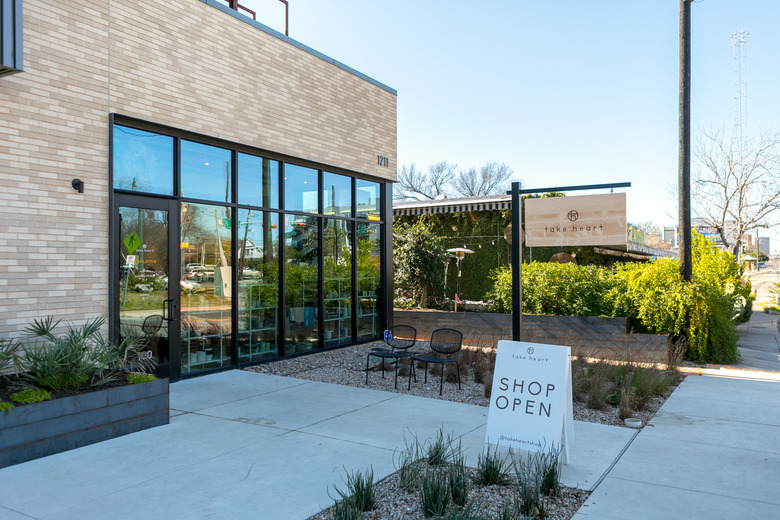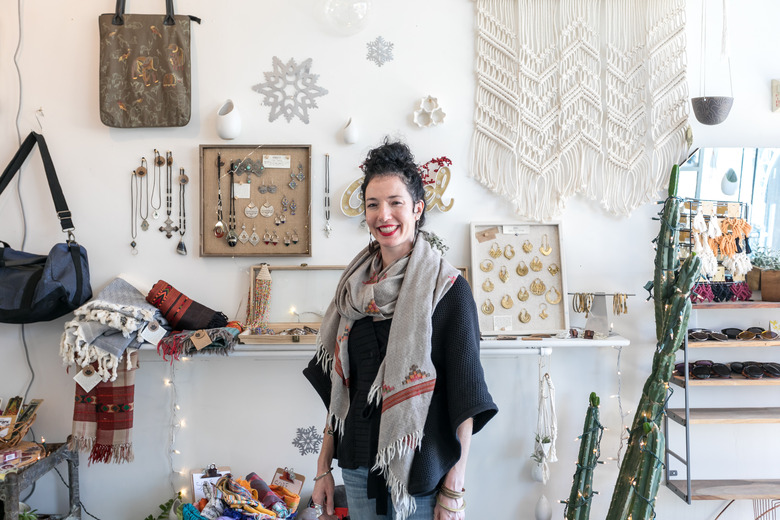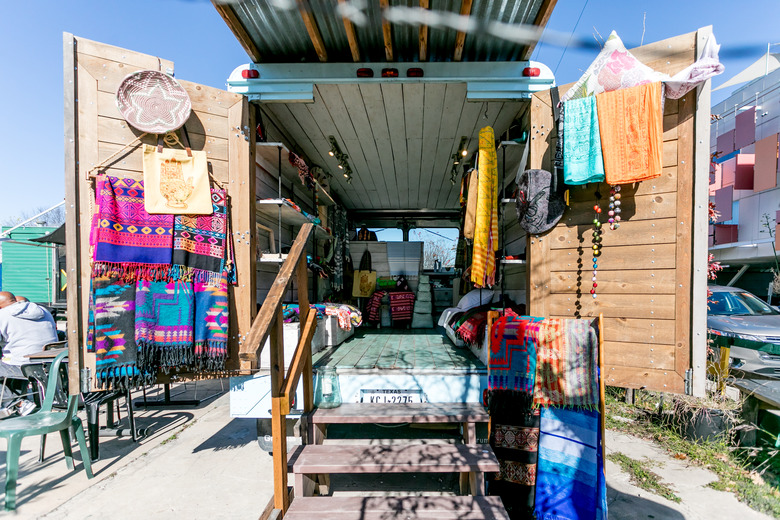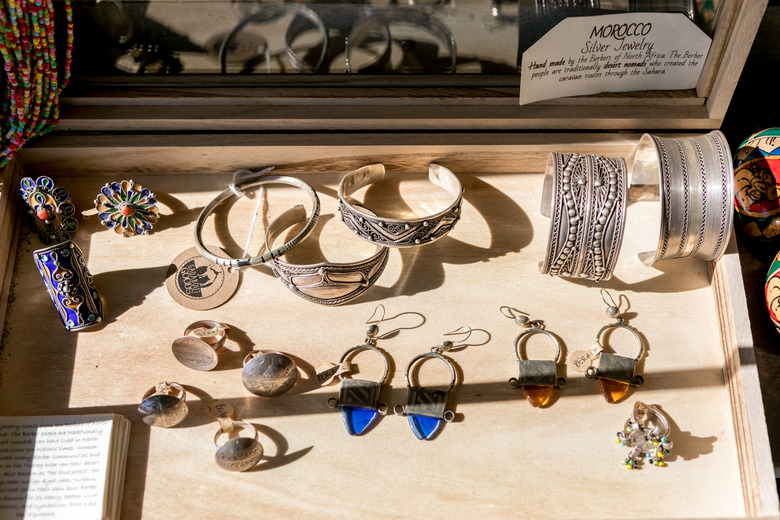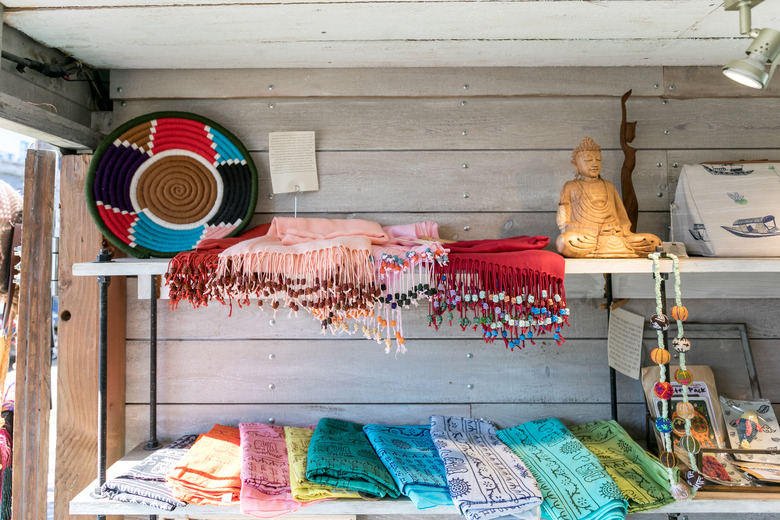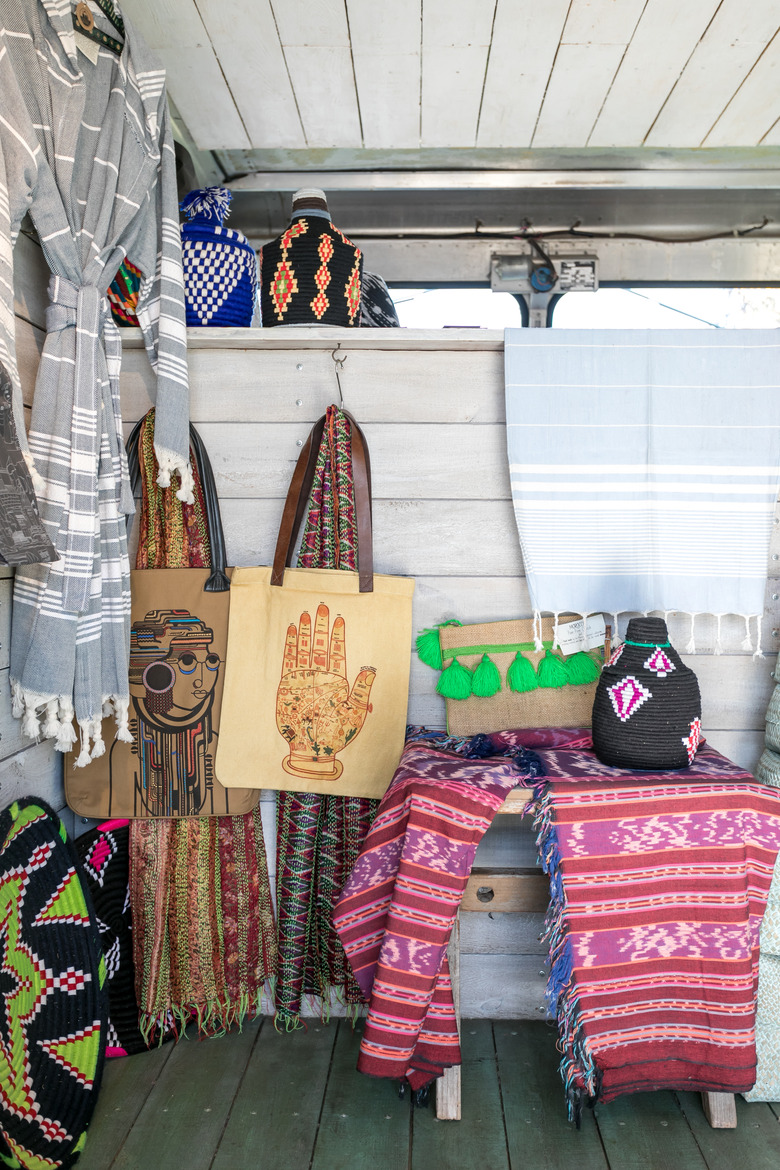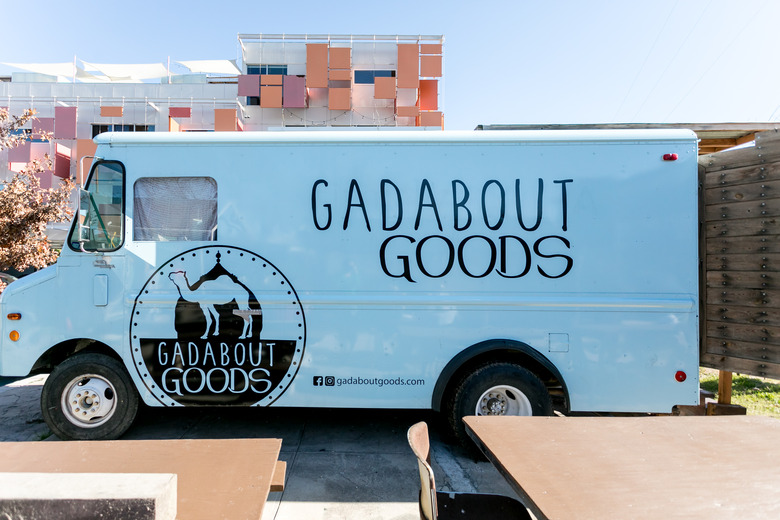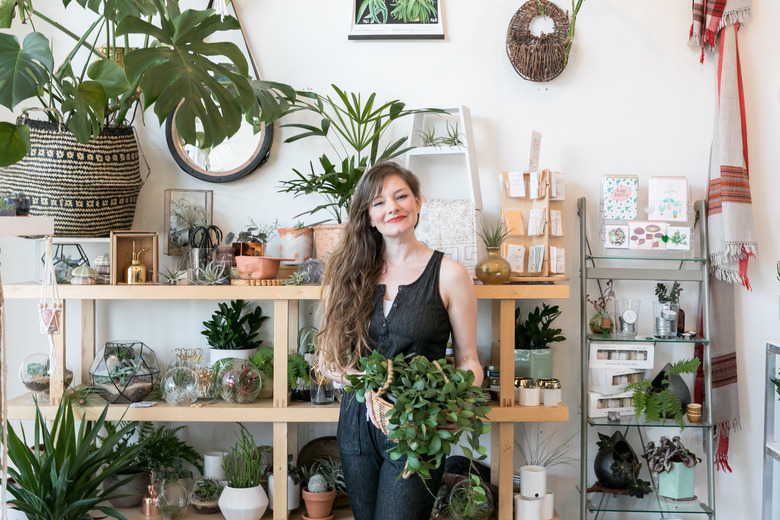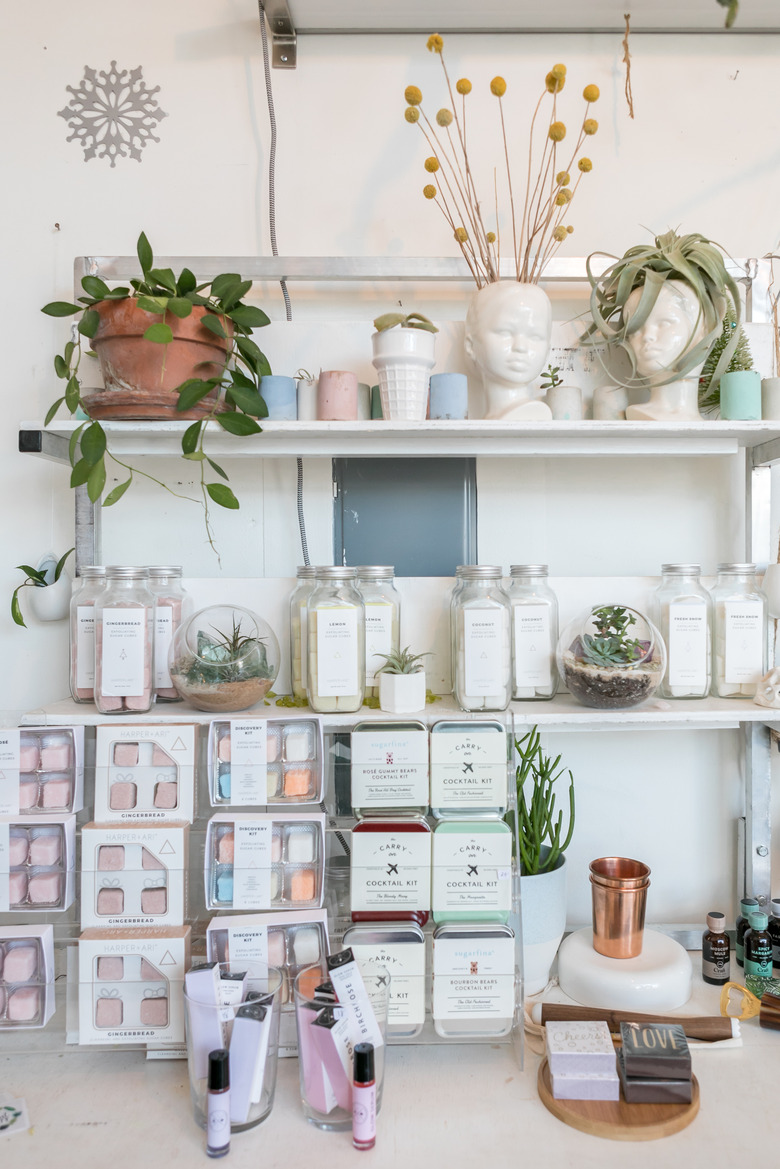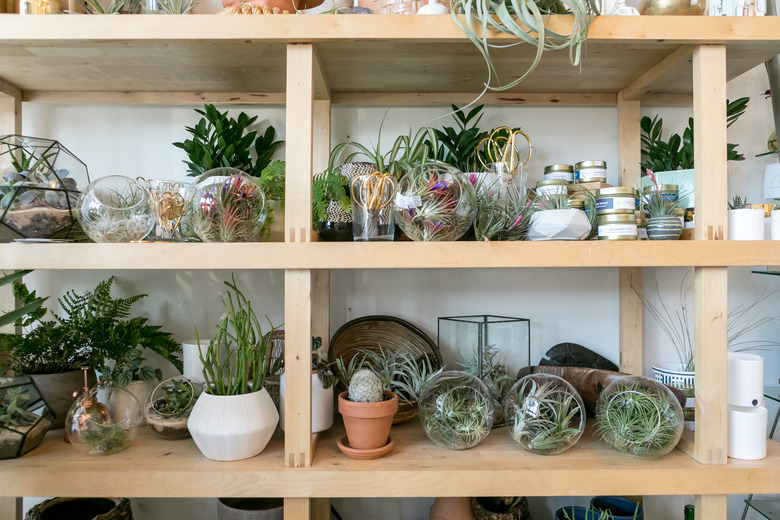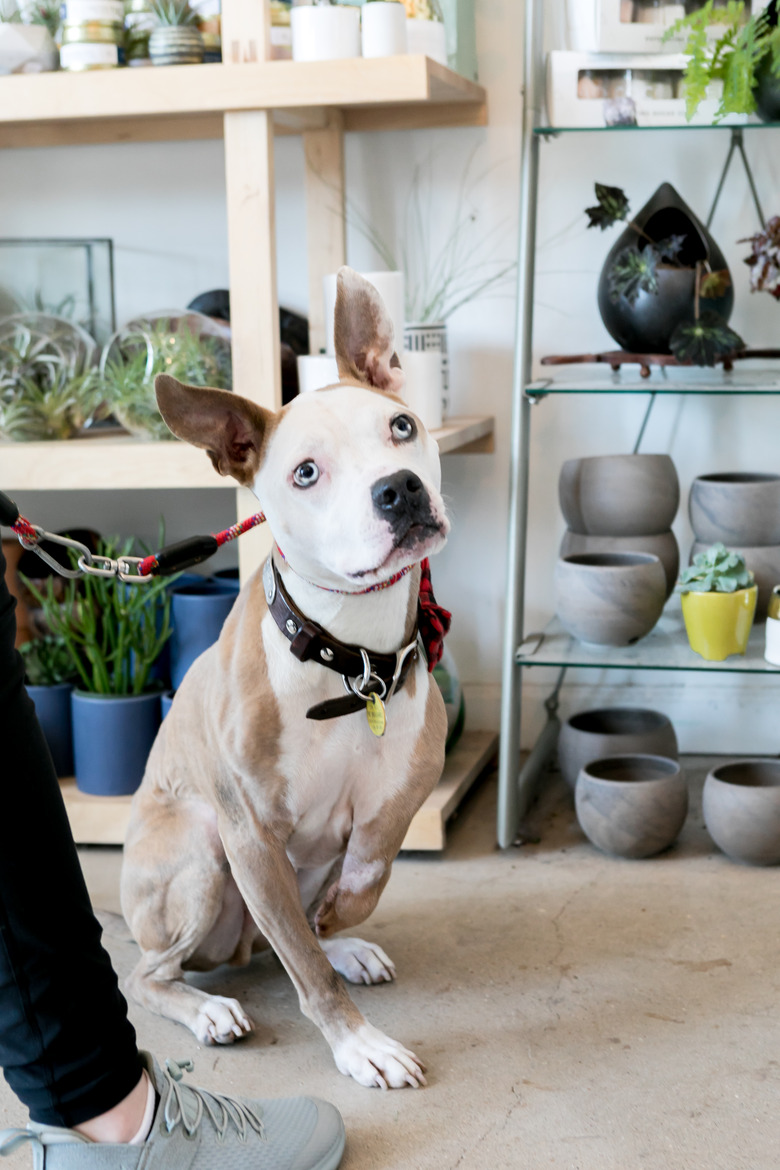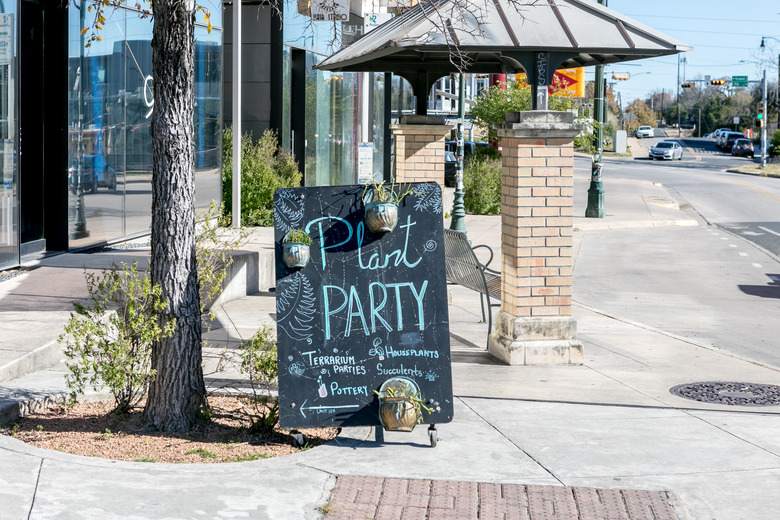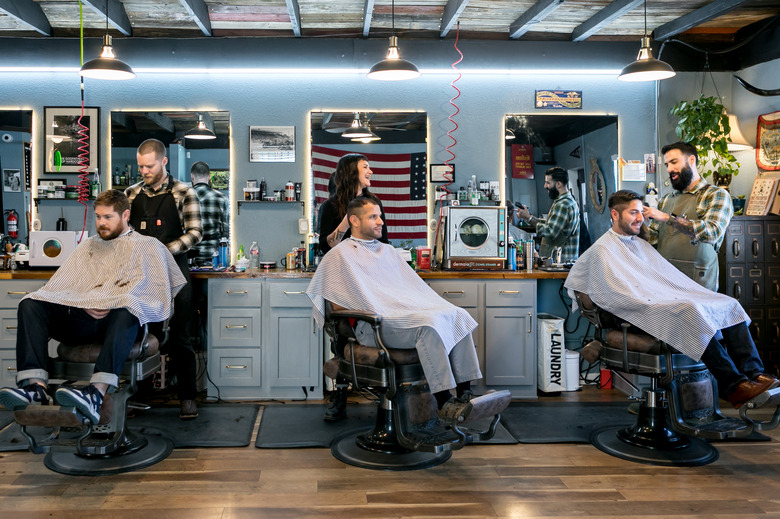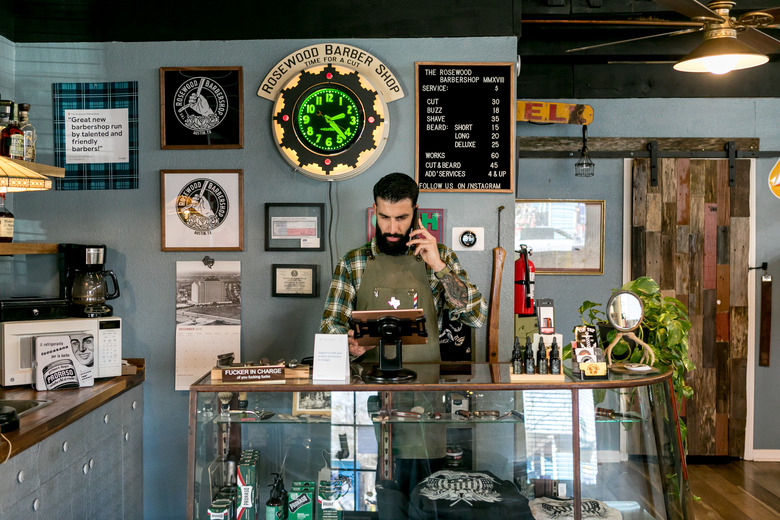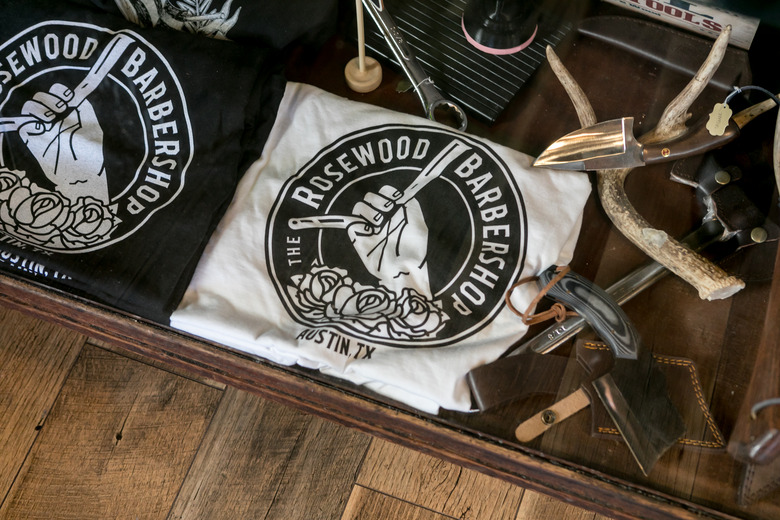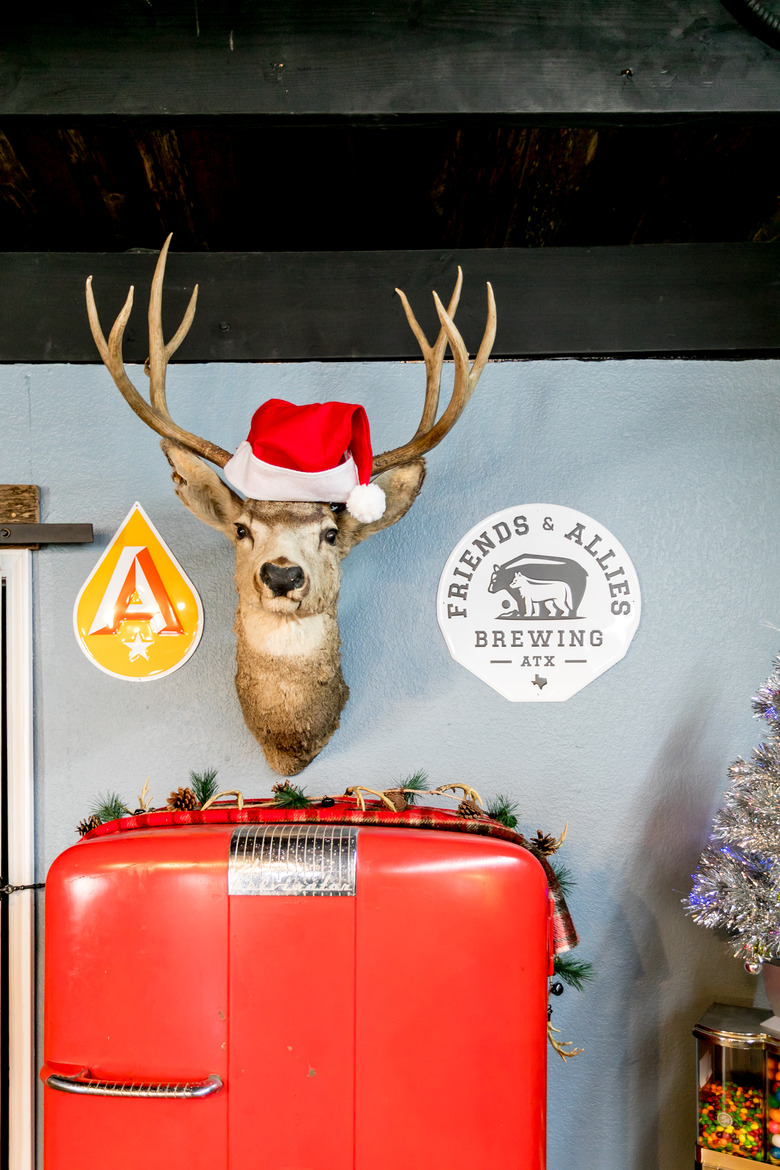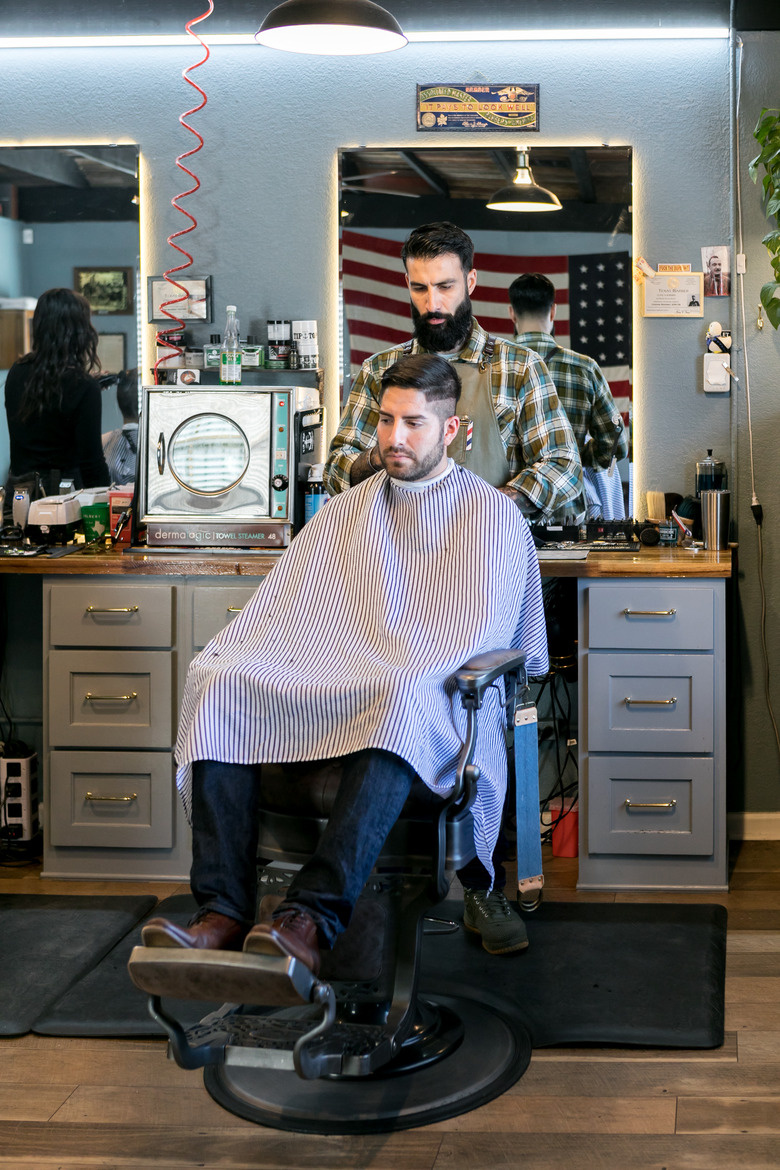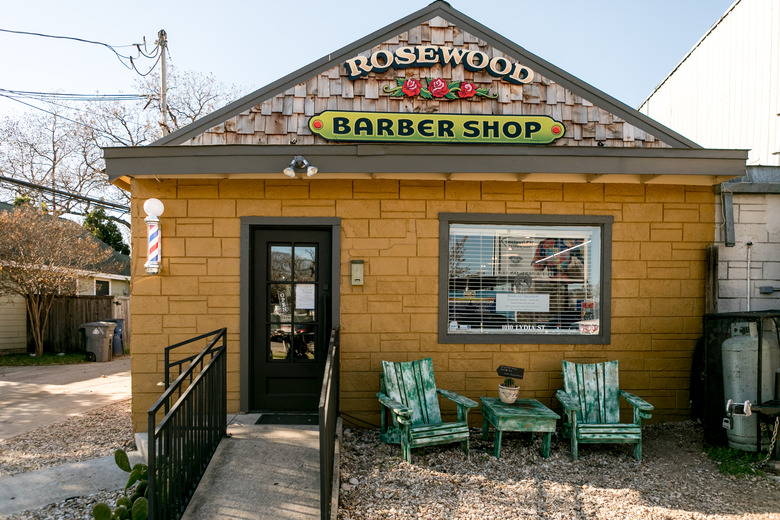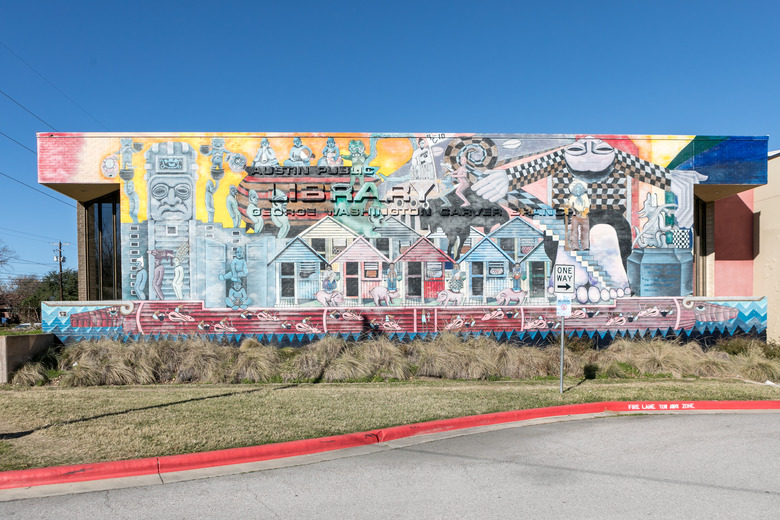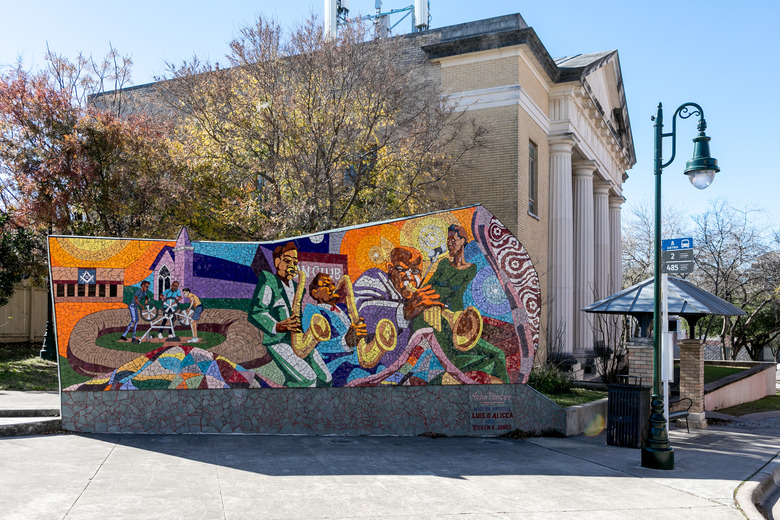Neighborhood Watch: East Austin, Texas
Gregory Smith has spent his life living and working in East Austin.
"I was born in Austin. I was raised in East Austin. I retired from the city of Austin with 29 years and two months...but who was counting? Not me," Smith says from a conference room of the Austin Revitalization Authority, the nonprofit where he has been president and CEO since 2009. The ARA was initially tasked with implementing a 1999 revitalization plan that kickstarted the redevelopment of East Austin. The neighborhood has been among the city's fastest growing—part of a grassroots effort to rediscover the prosperity of an earlier era—with many of the revitalization projects implemented on city-owned land along 11th Street. Now, much of the local economy is centered there. Because of his long history of involvement in the community, Smith was recruited to head the ARA: "The last nine of those years [with the city], my project was acting to assist with jumpstarting the revitalization of this corridor here. So, I have seen it when it was prosperous, because I'm from Austin. I have seen it as it has gone down, gotten blighted, dilapidated, and I also played a role in the revitalization and redevelopment."
Gregory Smith, president and CEO of the Austin Revitalization Authority
In a previous era, East Austin wasn't considered blighted. In 1928, the first Austin City Plan and zoning map was adopted, establishing a "Negro District" in the area east of the thoroughfare now known as Interstate-35 and south of the Texas State Cemetery. This zoning was a result of Jim Crow-era legislation that required African Americans to live in specific districts to receive city services like utilities and access to public school. While African American-owned shops thrived in the neighborhood in the early- and mid-20th century, Smith says many people had left the area by the 1970s and '80s. The 1968 Fair Housing Act desegregated housing in Austin, and the neighborhood began a slow but steady decline as residents relocated. In the mid-90s, the city began efforts to revitalize the once-vibrant neighborhood, and by 2009 the ARA and other organizations petitioned the state to designate the area as the African American Cultural Heritage District. The application was approved, and the Six Square organization was formed to preserve the arts, history, and culture of the district.
Nina Gordon moved to Austin a few years after the revitalization effort began. She bought a house in East Austin because, at the time, "it was the most affordable, centrally located area" in the city. At 29, Gordon was attracted to the lower cost of living and vibe of the neighborhood. Almost 15 years later, Gordon is opening her second shop on 11th Street; her first, Take Heart, is one of the retail anchors on the corridor. "I really love East 11th Street—years before I opened a shop, I was a social worker and I didn't know I was going to be doing this, but I almost had a premonition on this street. I was with my dad and I said, 'gosh, I feel like this would be a good street to have a business.'"
"There's so much art going on and there's so much entrepreneurship going on with so many small businesses. And one of the things that really drew me to this neighborhood as well, for the shop in particular, is all the women business owners in this neighborhood."—Bibi Kemper
Bibi Kemper has a similar feeling about East Austin after recently finding a home in the neighborhood and launching her retail shop, Gadabout Goods. "I love it, it's such a special place...there's so much art going on and there's so much entrepreneurship with so many small businesses. And one of the things that really drew me to this neighborhood as well, for the shop in particular, is all the women business owners in this neighborhood," she said. In fact, it's not just East Austin with a high concentration of female entrepreneurs. Austin, in general, is one of the top-ranked cities for new and women-owned businesses. Every five years the U.S. Census Bureau releases its Survey of Business Owners, which looks at startups across nearly all major metro areas in the country. In 2016, the bureau added an Annual Survey of Entrepreneurs that ranked Austin second in the country for overall highest percentage of young businesses in the nation. Women-owned businesses have jumped 11.5 percent since 2015, while minority-owned businesses rose 4.3 percent.
"I just moved here a little over a year ago," Kemper says. "I started my business a few months after I came here because it was one of the only places in the country I could start my own business like I did." Kemper launched her shop in a converted food truck and rents space in the ARA's food truck court. In November 2018, she paired with Keri Anderson to bring a pop-up shop to Anderson's The Plant Party on Lydia Street. Anderson is another relative newcomer to 11th Street, and The Plant Party is her BYOB terrarium workshop and plant store that recently moved to 11th Street from its original location in South Austin. According Kemper, collaborative projects between small businesses and artists–often emerging from shared workspace–help sustain 11th Street as a vibrant local economy. For example, "Broad Studios is a group of artists working together –a group of women working together, sharing spaces, sharing resources and supporting each other in a really special way." A shared ethos among residents, entrepreneurs, and artists has led to various forms of collaboration elsewhere, including neighborhood events like East, or the East Austin Studio Tour, a major annual event held in the neighborhood during the first two weekends of November. The event is a free, self-guided tour and events spanning more than 200 artist studios, 65 galleries, 44 events and 10 libraries, and was launched in 2001 by Big Medium, a nonprofit contemporary arts organization. Stores like Take Heart and The Plant Party host artists and events to celebrate art in the neighborhood.
Derrick Crespo, Heather Manto, and Laken Rodriques of Rosewood Barbershop
The uniqueness of the neighborhood, its history, and its culture also attracted Derrick Crespo, who moved to East Austin and opened The Rosewood Barbershop with friends Heather Manto and Laken Rodrigues. "That Austin vibe is still here," he says. "I think when people think about Austin and they want that artsy, funky feel, and we still maintain that here in this corridor. With food and with retail and with shops like this." Crespo points to the neighborhood's many murals and public art installations as major draws for residents and visitors. The Carver Branch of Austin Public Library is only a few blocks from the corridor and features one of the larger murals in the area. "We fell in love with the area," he says. "I live on the east side anyway, [so] I wanted to be close to the area. It's up and coming, it's eclectic, it's diverse, it's convenient and it just kind of suits what we wanted to bring to the community. We knew there was a vacancy for this type of shop, and a barber shop in particular, so we want to be here to help add to the fun."
Although many 11th Street entrepreneurs are excited about the new, thriving businesses in the area, several also noted skyrocketing price of homes and other living expenses. As Gordon recalls, "I used to live very close to here, [and] I sold my house five years ago. I still live east of I-35 but further north," she says. "The value of my house just went up unbelievably... I really couldn't afford to live in this neighborhood anymore, like if I had to re-buy here I couldn't. Austin in general is like this, the prices are going up." These assessments ring true with some of the recent sale data available on sites like Zillow. In the past year or so, sales of redesigned homes located on 11th Street have ranged from $412,000 for a 2-bedroom home to $794,000 for a 3-bedroom house.
Keri Anderson, who grew up in nearby Lockhart, Texas, and lived in Austin for more than a decade before she moved The Plant Party to 11th Street, sees a divide emerging. "It's like, half the people who live here do not want people moving here anymore, and the other half is, like, welcoming because we have new restaurants, we have the creativity that comes from when you mesh things together," she says. Greg Smith has an even longer view of the changes to the neighborhood, having grown up just a few streets away. "You've got folks saying this area has been gentrified, but the interesting thing about this, and I wish someone could do a real in-depth story about this, is that when you walk the street, you see a lot of folks who don't look like me—because I'm black, for the record—and so you feel that the area is gone. But the more interesting thing is, who owns the land? Who is actually benefiting from that growth? It would be an interesting analysis to see on this corridor—because we personally have a big footprint, and I would consider us a black nonprofit. You have Ebenezer [Baptist] Church, that's a black church, and they own some property. And there's some other pockets here, so it'd be interesting. My suspicion is there's probably more black ownership of land than people would think when they walk the street," Smith says.
The ARA aims to provide 20 percent affordable housing in its projects to keep longtime residents in the neighborhood, or to bring people back who were displaced. "We're here for the community. I'm working on this project but I'm not going to submit this to the city until I present this to the community. I'm all about buy-in. I grew up in public housing right down the street, so this is my neighborhood," Smith says. "We had an ambassador, the late Augustine Williams, she was 92 years old. She first opened her business on 11th Street back in 1956 and it was a hair salon. She was on the corridor until she was displaced as a result of the redevelopment efforts, that might have been 2002, 2003. And we at ARA brought her back to the corridor in 2008 to continue on with her hair salon; she retired in September of 2017 after 61 years of her hair salon. So, we see her as our ambassador, and I was really taken aback when we heard of her passing. Her husband came by and said, Greg, we would like for you and ARA to present a resolution at her funeral. I said, I'm touched by that...So, you know, those things like that, it's like, wow, those are the kinds of stories we have," says Smith. "To play a role in the redevelopment of the area you grew up in—that's priceless. That's priceless."
As part of the redevelopment plan, the ARA both develops and manages properties along the 11th Street corridor, including the food truck court on the corner of 11th and Lydia where Bibi Kemper got her start. In all, the historically preserved areas of the district that the ARA owns and manages amount to approximately 65,000 square feet of office and retail space, which Smith says puts the ARA in a "position where we're able to put our profits back into the community."
Although it has accomplished many of its development plans, the ARA isn't finished. Smith says there are two large tracts of land on the corridor that the ARA is planning to develop into another 180 family units, 36,000 square feet of office space and 10,000 square feet of additional retail space. And that's not counting privately owned land that may still be developed in the future.
So many new businesses are opening (and closing) along the corridor that Gordon has started printing postcards with a map and contact information for all the locally owned businesses, especially as they outgrow their original locations. Gordon's second store, a women's clothing store, is located in the original Take Heart storefront, while Take Heart has moved to a newly constructed building two blocks down 11th. "I have a wonderful landlord who wants to keep a local business, so I'm actually going to be keeping that space," she says. "But I wanted to stay on this street."
1. Credits
Words: Jocelyn Kerr
Images: Sarah Natsumi Moore
